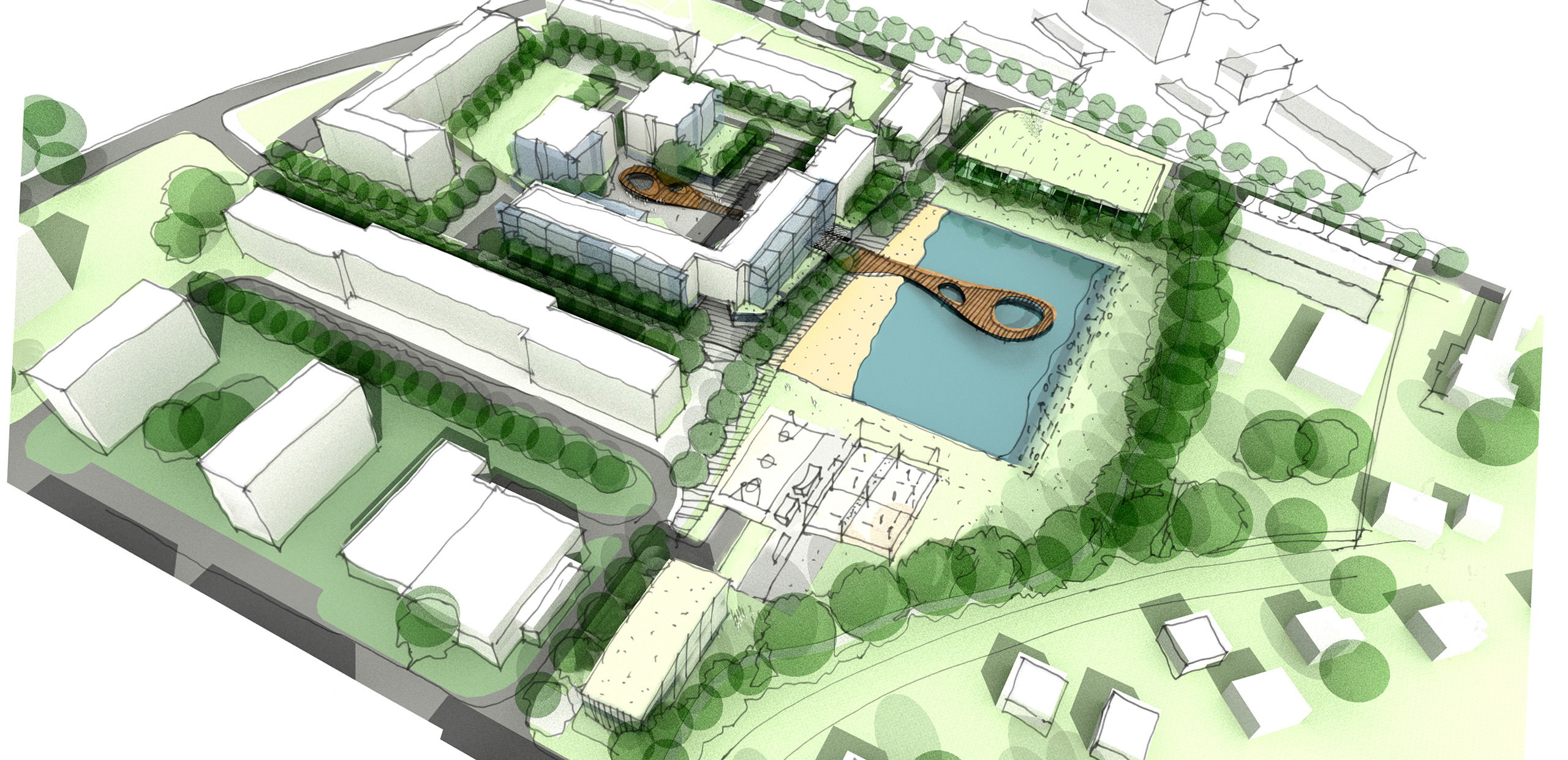
read more (previously called intravenous urography) can identify calculi and hydronephrosis. Abdominal x-rays without radiopaque contrast agents may be done to check for positioning of ureteral stents. read more and excretory urography IV urography (IVU) Imaging tests are often used to evaluate patients with renal and urologic disorders. Both renal ultrasonography Ultrasonography Imaging tests are often used to evaluate patients with renal and urologic disorders. MRI may not identify calculi.Īlthough most urinary calculi are demonstrable on plain x-ray, neither their presence nor their absence obviates the need for more definitive imaging, so this study can be avoided except in some patients with suspected recurrent calculi. For patients with typical symptoms, ultrasonography or plain abdominal x-rays can usually confirm presence of a calculus with minimal or no radiation exposure. They may cause pain, nausea, vomiting, hematuria, and, possibly, chills and fever due to secondary infection. However, the routine use of low-dose renal CT can meaningfully reduce cumulative radiation dose with little loss of sensitivity ( 1 Diagnosis references Urinary calculi are solid particles in the urinary system. For patients who have recurrent calculi, cumulative radiation exposure from multiple CT scans is a concern. Common causes include hypertension, atherosclerosis, infection, trauma, and hereditary or acquired connective. Moreover, helical CT may also reveal other causes of the pain (eg, aortic aneurysm Overview of Aortic Aneurysms Aneurysms are abnormal dilations of arteries caused by weakening of the arterial wall. This study can detect the location of a calculus as well as the degree of obstruction. Noncontrast helical CT is the most common initial imaging study. read more ): Pain is usually constant, and patients lie still because movement worsens pain patients often also have rebound tenderness or rigidity. read more, or pelvic inflammatory disease Pelvic Inflammatory Disease (PID) Pelvic inflammatory disease (PID) is a polymicrobial infection of the upper female genital tract: the cervix, uterus, fallopian tubes, and ovaries abscess may occur. read more, ectopic pregnancy Ectopic Pregnancy Ectopic pregnancy is the implantation of a pregnancy in a site other than the endometrial lining of the uterine cavity-ie, in the fallopian tube, uterine cornua, cervix, ovary, or abdominal. Diagnosis is by colonoscopy, capsule endoscopy. Most diverticula are asymptomatic, but some become inflamed or bleed. read more, diverticulosis Colonic Diverticulosis Colonic diverticulosis is the presence of one or more diverticula in the colon. Diagnosis is clinical, often supplemented by CT or ultrasonography. Peritonitis (eg, due to appendicitis Appendicitis Appendicitis is acute inflammation of the vermiform appendix, typically resulting in abdominal pain, anorexia, and abdominal tenderness. read more, metastatic cancer, and primary hyperoxaluria. Common manifestations include lytic lesions in bones that cause. read more, multiple myeloma Multiple Myeloma Multiple myeloma is a cancer of plasma cells that produce monoclonal immunoglobulin and invade and destroy adjacent bone tissue. Symptoms include palpitations, fatigue, weight loss, heat intolerance, anxiety, and tremor.
CALCULI IN MEDICAL TERMS FREE
read more, hyperthyroidism Hyperthyroidism Hyperthyroidism is characterized by hypermetabolism and elevated serum levels of free thyroid hormones. In vitamin D toxicity, resorption of bone and intestinal absorption of calcium is increased, resulting in hypercalcemia.


read more, vitamin D intoxication Vitamin D Toxicity Usually, vitamin D toxicity results from taking excessive amounts. The lungs and lymphatic system are most often affected, but. Rare causes of hypercalciuria are sarcoidosis Sarcoidosis Sarcoidosis is an inflammatory disorder resulting in noncaseating granulomas in one or more organs and tissues etiology is unknown. About 1 to 2% of patients with calcium calculi have primary hyperparathyroidism. About 5 to 8% of calculi are caused by renal tubular acidosis Renal Tubular Acidosis Renal tubular acidosis (RTA) is acidosis and electrolyte disturbances due to impaired renal hydrogen ion excretion (type 1), impaired bicarbonate resorption (type 2), or abnormal aldosterone.


 0 kommentar(er)
0 kommentar(er)
